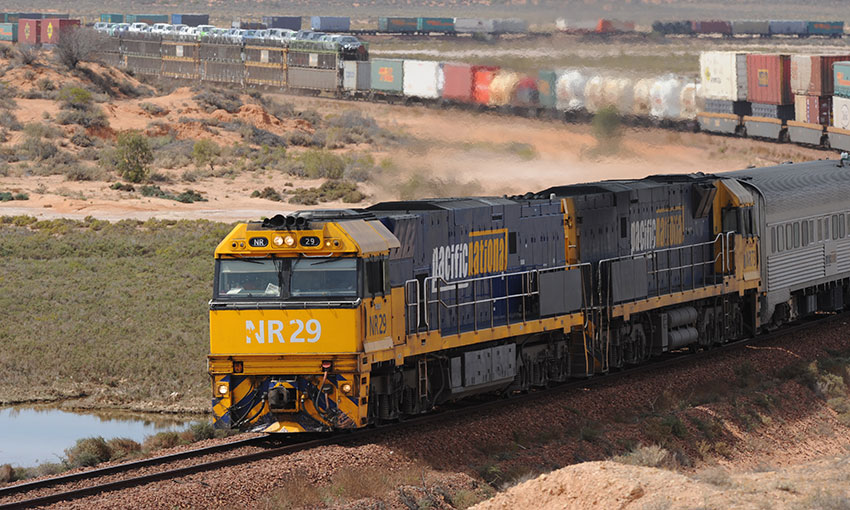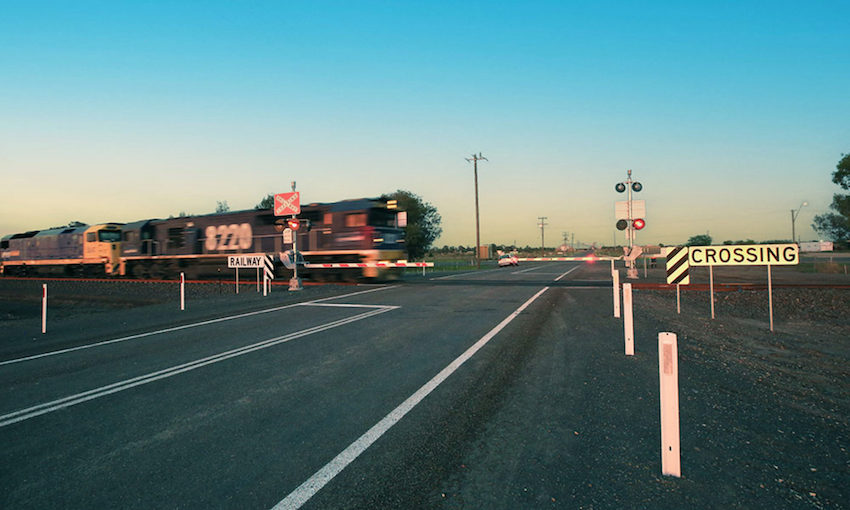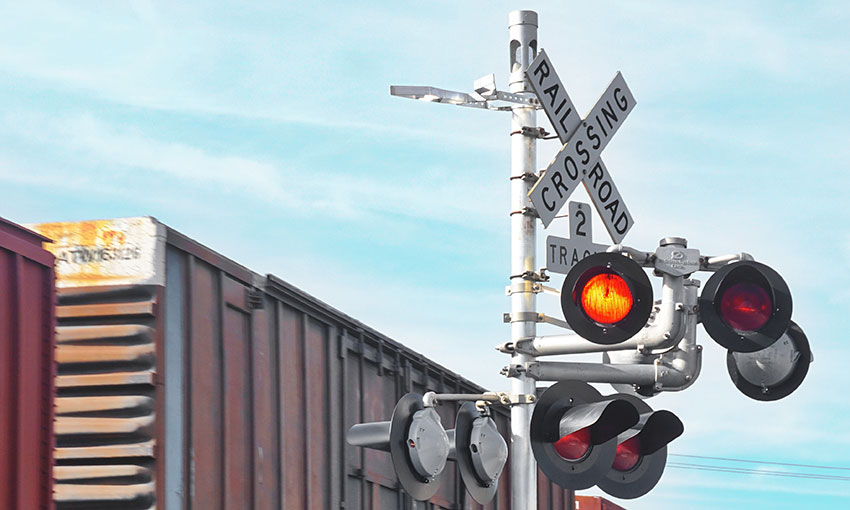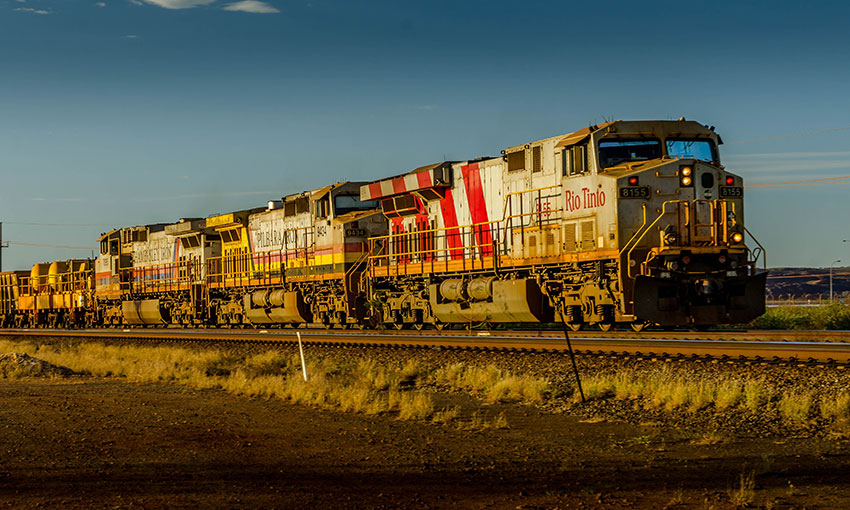COMPLACENCY in enhancing the resilience of Australia’s freight infrastructure could derail the nation’s future standard of living, according to rail freight operator Pacific National.
Pacific National chief of operations Patrick O’Donnell called for better rail infrastructure and preparedness for weather events during a presentation at the Australian Railway Association’s inaugural Rail Freight Conference this week.
Mr O’Donnell recalled extreme weather and flooding emergencies throughout 2022 that severed critical freight routes.
He described the consequences for the broader freight, transport and logistics industry.
“If a grain train misses a departure window of an international cargo vessel, the loss to a regional exporter is in the tens of thousands of dollars,” Mr O’Donnell said.
“Such shortfalls in revenue compound rapidly, damaging our nation’s terms of trade in the global marketplace. They also damage our reputation in the eyes of international customers and investors.”
He said more duplication, crossing loops and staging areas; longer rail sidings and larger culverts to handle larger volumes of future floodwaters are required to enhance rail resilience.
“Such infrastructure allows quicker operational recovery when natural disasters occur.”
Mr O’Donnell said Australian governments support the idea of shifting more freight to rail, but the reality is volumes moved on trains along key interstate transport corridors are “embarrassingly low”.
He said 2% of freight is currently transported by trains between Sydney and Melbourne, the busiest freight corridor by volume in the country.
“Pacific National estimates increasing the rail freight share between Melbourne and Sydney to 50% would help save multiple lives and $300 million in road accident costs on the Hume Highway each year.
“Annual vehicle emissions along the highway would be reduced by more than 400,000 tonnes.
“Likewise, only 3% of freight is now railed between Sydney and Brisbane and less than 13% of containerised freight, to and from Australia’s second largest port, at Botany in Sydney, is now hauled by freight trains.
“Even the critical Melbourne-Brisbane transport corridor has a rail mode share of less than 30%.”
Describing the impact of the floods in South Australia earlier this year, which cut the track connecting the east and west coasts of Australia, Mr O’Donnell said rail freight operators were disappointed the government of the day “gave little thought” to strengthen the rail freight corridor.
“As opposed to using this crisis to provide additional funding to upgrade this corridor, the then government went on another tangent by attempting to relax coastal shipping rules,” he said.
“Relaxing coastal trading regulations will merely create an uneven playing field between domestic-based land freight operations – which must comply with Australian safety and labour laws – and international shipping lines largely free from such obligations.”
The ARA Rail Freight Conference is an opportunity for senior executives from rail freight and intermodal sectors to discuss topics such as Inland Rail, intermodals and ports, operations, safety technology, sustainability and regional economic growth.
“The conference reflects the significant opportunities ahead for the rail freight sector as it plays an increasing role in meeting the nation’s future freight needs,” ARA CEO Caroline Wilkie said.
“Rail is expected to meet almost three-quarters of the growth in demand for freight services in the next decade, providing an efficient and sustainable solution to support strong supply chains.
“This week’s conference brings industry together to discuss the projects and innovation underway to meet this growth as the sector continues to support our economy and communities.”
The conference began in Brisbane on Wednesday 19 October and will wrap up on Friday 21 October.





